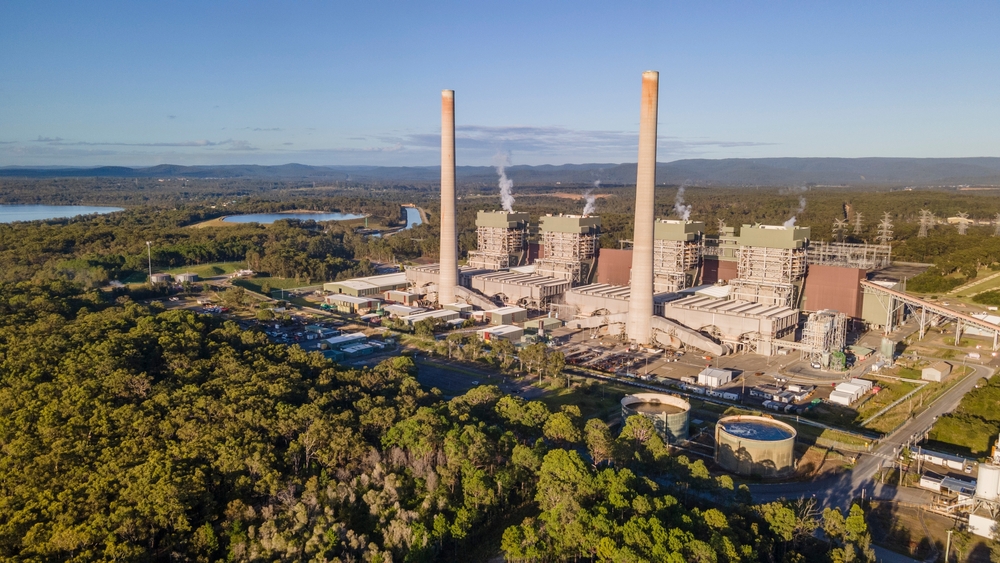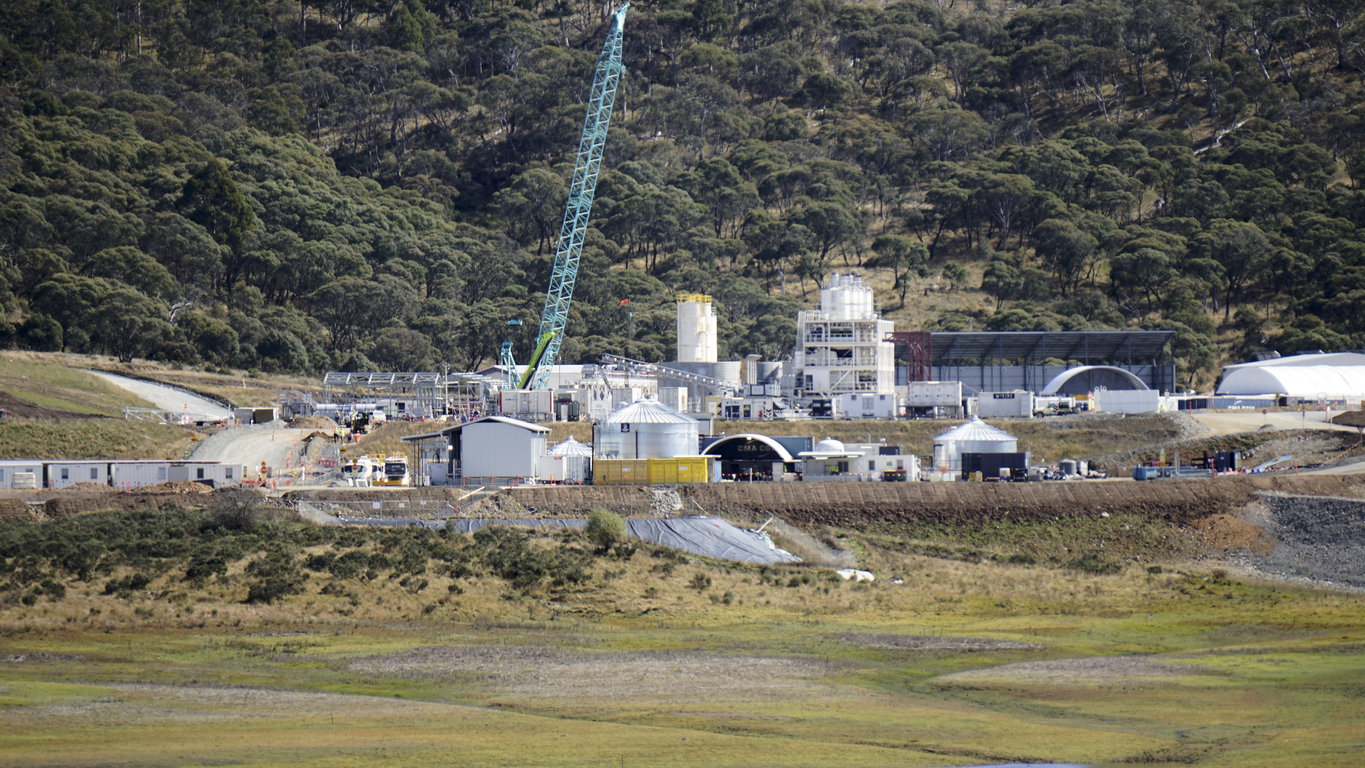Eraring, which is forecasted to close in August 2025, has highlighted its necessity to stay online by playing a vital role in the NSW grid. This was demonstrated on February 29 during high temperatures, where demand exceeded 13GW, reaching the highest level since February 2020. During this period of high demand, electricity prices soared towards the market cap of $16,600 and remained volatile for over an hour, adding approximately $13/MWh to the quarterly average to date. Eraring was supplying up to 16.5% (or 2.2GW) of the state’s power during this period.
Without this generation, the state likely would have enacted RERT or possibly load shedding to ensure grid stability, further adding pressure to keep the unit online until there is ample renewable generation and storage to cover the capacity leaving the grid.
Origin stated that Eraring operated as normal on February 29, which “performed well to meet customer needs and support the market”. However, there is a lot of uncertainty and nervousness around the retirement of coal power plants in the NEM, which need to be replaced by clean energy, and the new transmission lines required to connect them to the grid. These are faced challenges such as planned delays, community opposition, and rising costs.
Negotiations between Origin Energy and the state government about keeping it on have been dragging on for about six months now. Origin is seeking a safety net to avoid losses associated with keeping the unit online. However, NSW Treasurer Daniel Mookhey said on Wednesday that the negotiations about keeping Eraring open were “not an opportunity for Origin to make a windfall gain at the public’s expense”.
The two main issues that will affect the cost of Eraring operating post its original closure are onsite ash dam storage issues and no current coal contracts past its closure. Eraring’s ash dam storage is currently at capacity, and as a result, will need to ship ash waste offsite in the future. Additionally, Eraring has no long-term coal contracts post its closure, as a result, Eraring will have to enter into a coal contract at a higher price as coal has significantly increased in recent years. Depending on whether the government subsidizes this cost, Eraring’s running cost could increase significantly, therefore lifting the market significantly due to Eraring’s size and role in the NSW grid.

